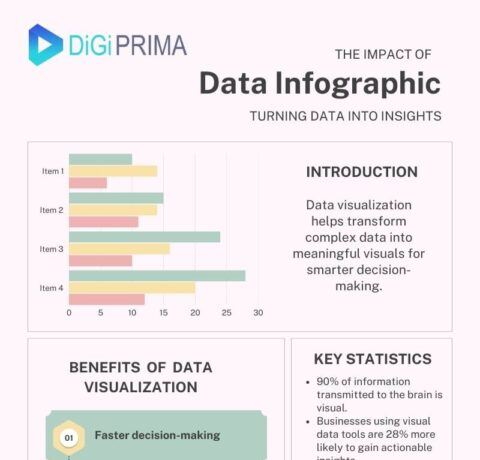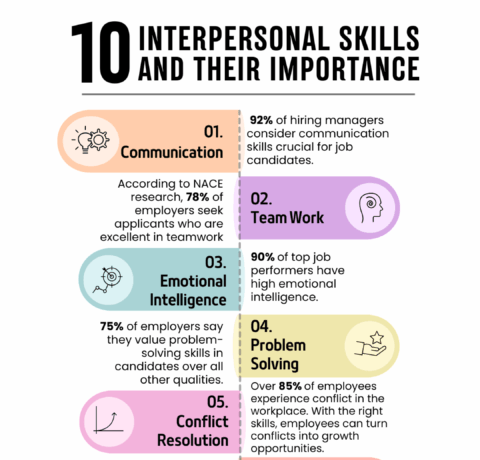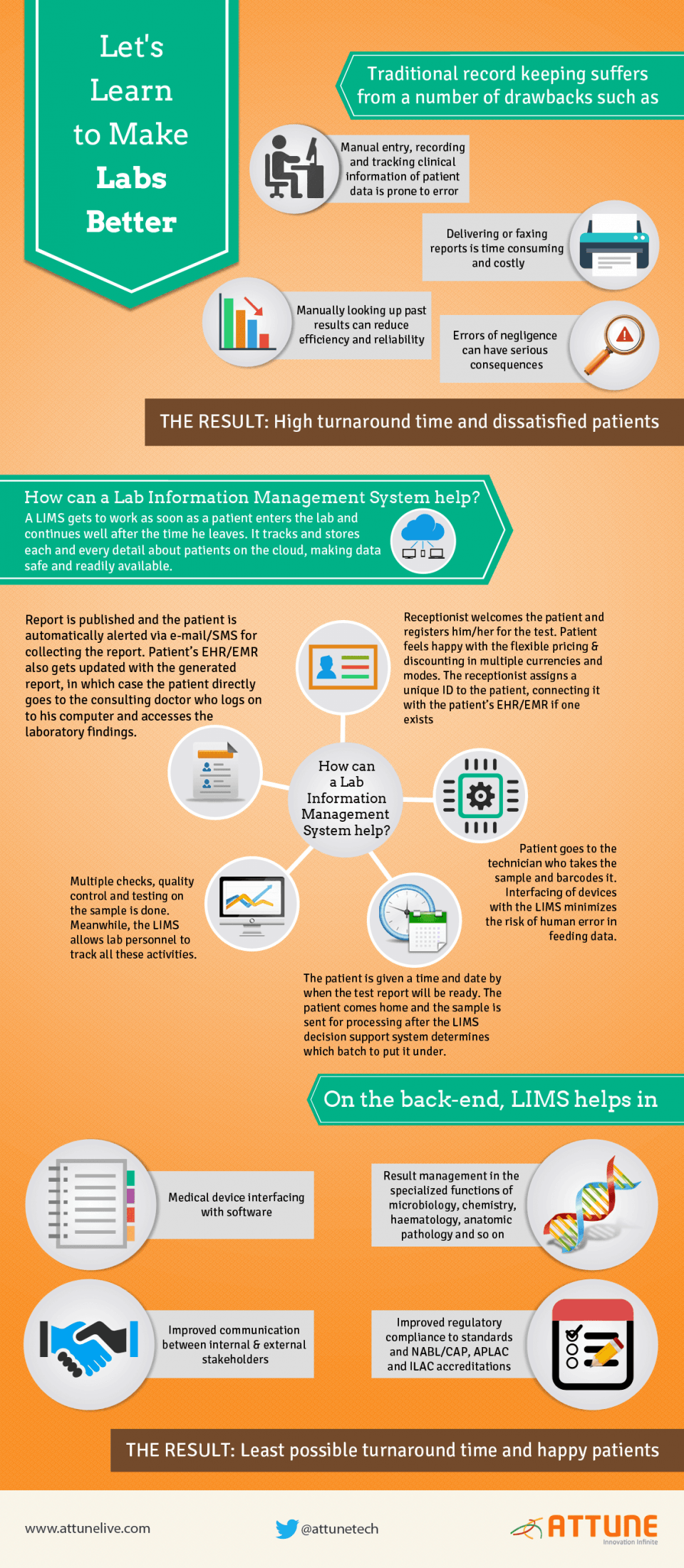Learning to Make Better Labs Infographic
Traditional record keeping suffers from a number of drawbacks such as:
- Manual entry, recording and tracking clinical information of patient data is prone to error
- Delivering or faxing reports is time consuming and costly
- Manually looking up past results can increase inefficiency and decrease reliability
- Errors of negligence can have serious consequences
THE RESULT: High turnaround time and dissatisfied patients
The Learning to Make Better Labs Infographic summarizes the role played by a Lab Information System when a patient enters the lab facility.
How can a Lab Information System help?
A LIS gets to work as soon as a patient enters the lab and continues well after the time he leaves. It tracks and stores each and every detail about patients on the cloud, making data safe and readily available.
Receptionist welcomes the patient and registers him/her for the test. Patient feels happy with the flexible pricing & discounting in multiple currencies and modes. The receptionist assigns a unique ID to the patient, connecting it with the patient’s EHR/EMR if one exists
Patient goes to the technician who takes the sample and barcodes it. Integration of devices with the LIS minimizes the risk of human error in feeding data.
The patient is given a time and date by when the test report will be ready. The patient comes home and the sample is sent for processing after the LIS decision support system determines which batch to put it under.
Multiple checks, quality control and testing on the sample is done. Meanwhile, the LIS allows lab personnel to track all these activities.
Report is published and the patient is automatically alerted via e-mail/SMS for collecting the report. Patient’s EHR/EMR also gets updated with the generated report, in which case the patient directly goes to the consulting doctor who logs on to his computer and accesses the laboratory findings.







You can adjust your cookie preferences here.